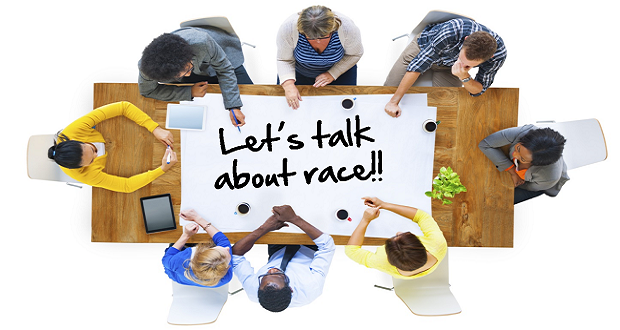 Here we go again! Every few years, somebody attacks diversity training as counter- productive, and useless. The most recent article was published in Psychology Today, by Peter Bregman, not someone I know as an experienced diversity practitioner. Nonetheless, Bregman asserts that diversity training promotes rather than alleviates prejudice. He claims to have offered “communications training” to a client and as a result the client has not had a discrimination law suit in ten years. I am pleased that the client has not had law suits but I would ask what other measures were also taken to improve the environment and how he can know for sure that his training is directly correlated to the desired outcome. His claim sounds a bit self-serving to me.
Here we go again! Every few years, somebody attacks diversity training as counter- productive, and useless. The most recent article was published in Psychology Today, by Peter Bregman, not someone I know as an experienced diversity practitioner. Nonetheless, Bregman asserts that diversity training promotes rather than alleviates prejudice. He claims to have offered “communications training” to a client and as a result the client has not had a discrimination law suit in ten years. I am pleased that the client has not had law suits but I would ask what other measures were also taken to improve the environment and how he can know for sure that his training is directly correlated to the desired outcome. His claim sounds a bit self-serving to me.
Bregman’s piece prompted a number of other naysayers to write in support of his anti-diversity training opinion. There is continued reference to the research conducted several years ago by Frank Dobbin of Harvard, Alexandra Kalev of Berkeley, and Erin Kelly of the University of Minnesota where they concluded that “In firms where training is mandatory or emphasizes the threat of lawsuits, training actually has negative effects on diversity management.” I would agree that such training would have a negative outcome. All diversity training does not work because there are still too many organizations that poorly design “event-based” training with unrealistic expectations for the outcomes. In 2002, I wrote an article for Profiles in Diversity Journal called Let’s Stop Training and Start Educating. Training can build awareness and skills but education changes mindsets and skillsets. Education is ongoing, not a one- time shot.
I know that well thought out diversity education is still needed and it can be very effective in yielding the desired results of creating an inclusive workplace where everyone is valued and respected for their contributions to the organization’s success. The key elements of successful diversity education include:
Competency Based: Awareness and sensitivity training popular in the 1980’s is insufficient. Diversity needs to be treated as a competency, just like other competencies required of employees.
Assessment Driven: Training is often developed without consideration of current proficiency. The Winters Group uses the Intercultural Development Inventory (IDI) to assess individual and group cultural competence to determine the most appropriate content. To illustrate the point, you would not start someone with advanced accounting who had never taken an accounting course.
Ongoing Learning Approach: To become competent in any topic, one must start with elementary concepts and move to more difficult subject matter. Often diversity is offered in a 2 hour to 8 hour curriculum without consideration of the current skill level of participants. As a comparison, to develop leadership competence, best practices organizations often require leaders to attend a year- long program with subsequent updates on a regular basis. Ongoing learning is recommended for most topics, why not this one.
Clear and Realistic Objectives: Are you expecting behavior changes based on an 8 hour training session that has no follow-up that allows participants to practice the new skills? Too often, diversity training is expected to change behaviors and even beliefs. These are unrealistic goals if the training has not been designed as ongoing incorporating practice.
Connected to Business/Organization Vision and Mission: Why do you want leaders and all employees to be diversity competent? How does it benefit organizational success? Education that does not include the WIIFM (What’s In It For Me) is likely not going to yield the desired results.
In the next post, I will provide examples of diversity education that does work.
This post was written by Mary-Frances Winters, President and Founder of The Winters Group, Inc.


















